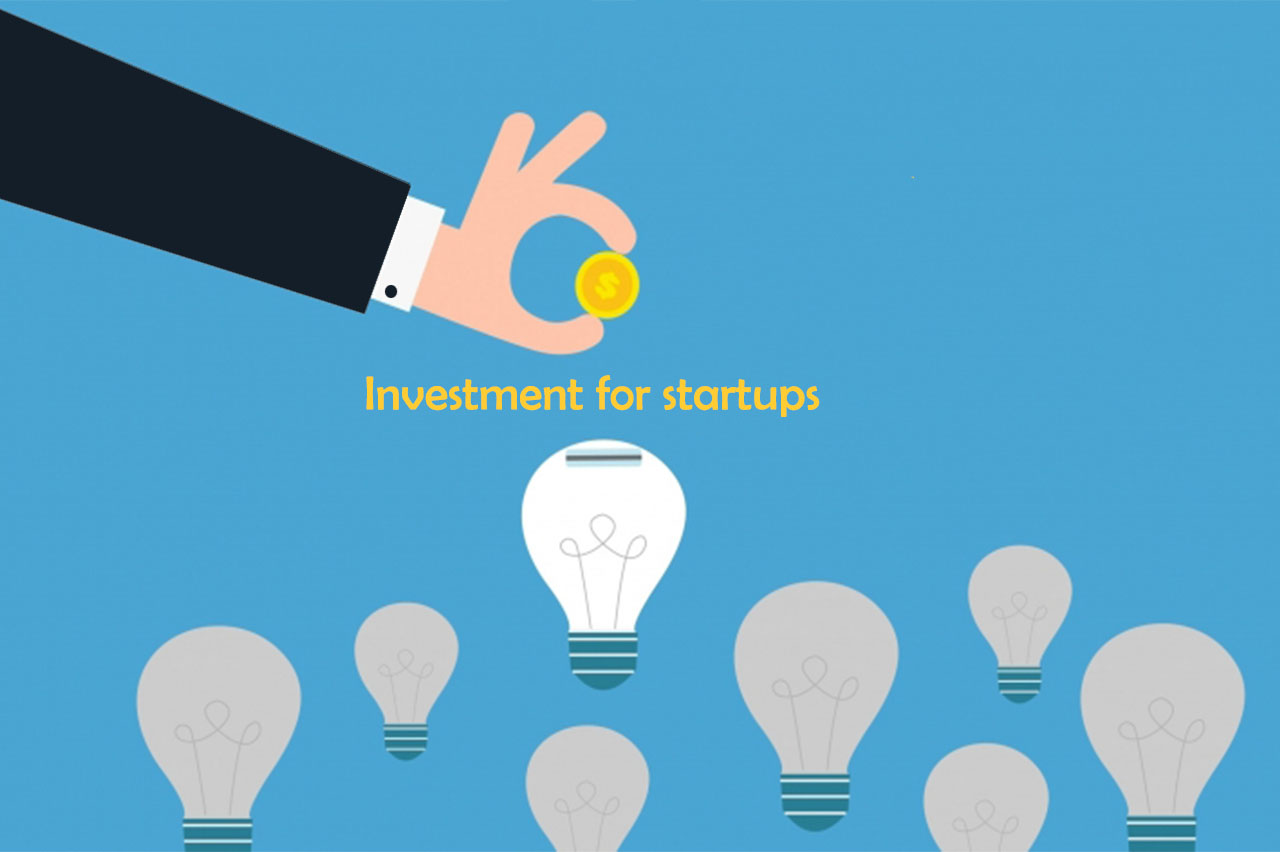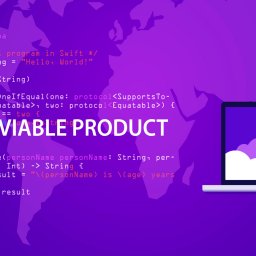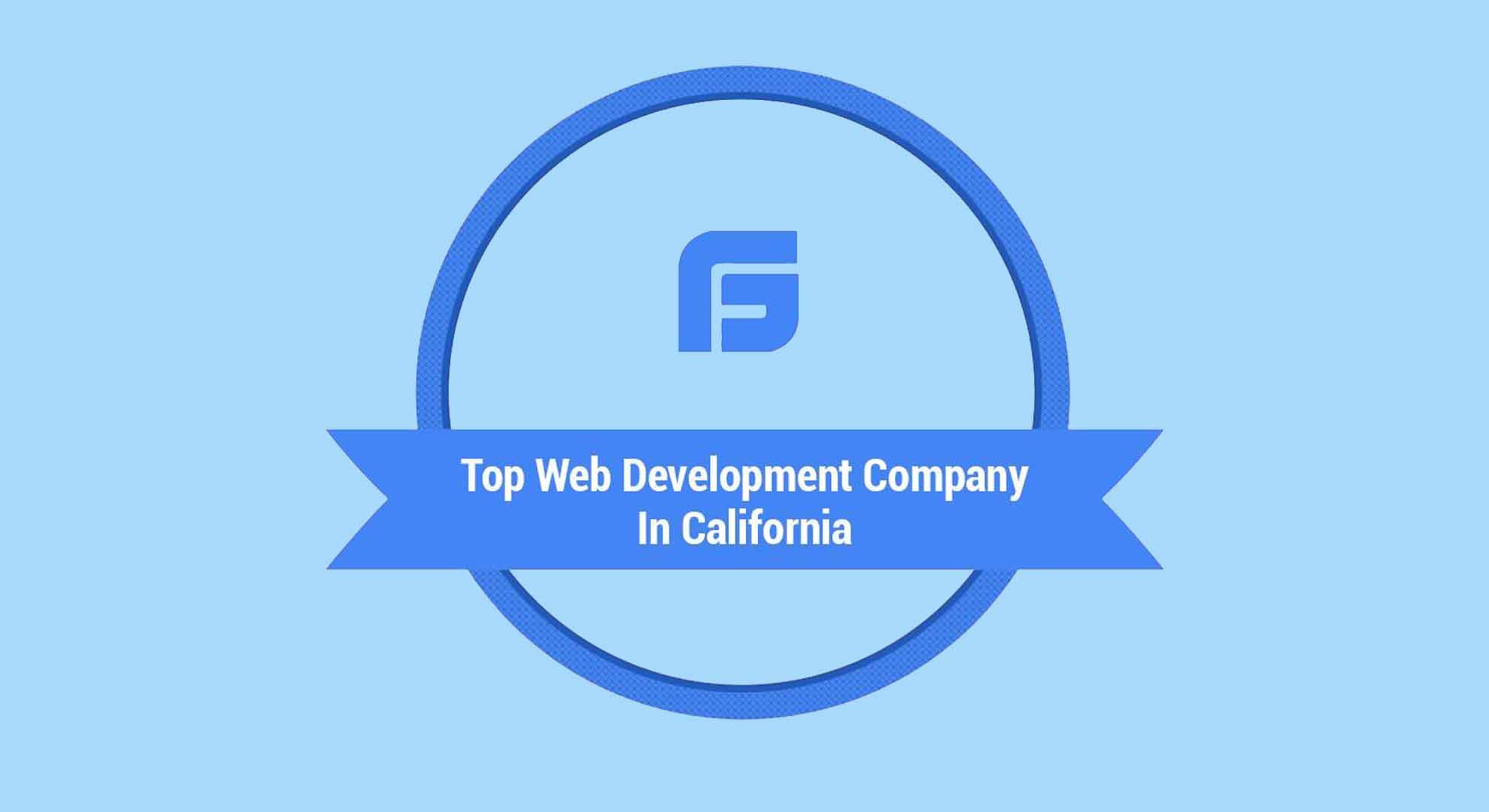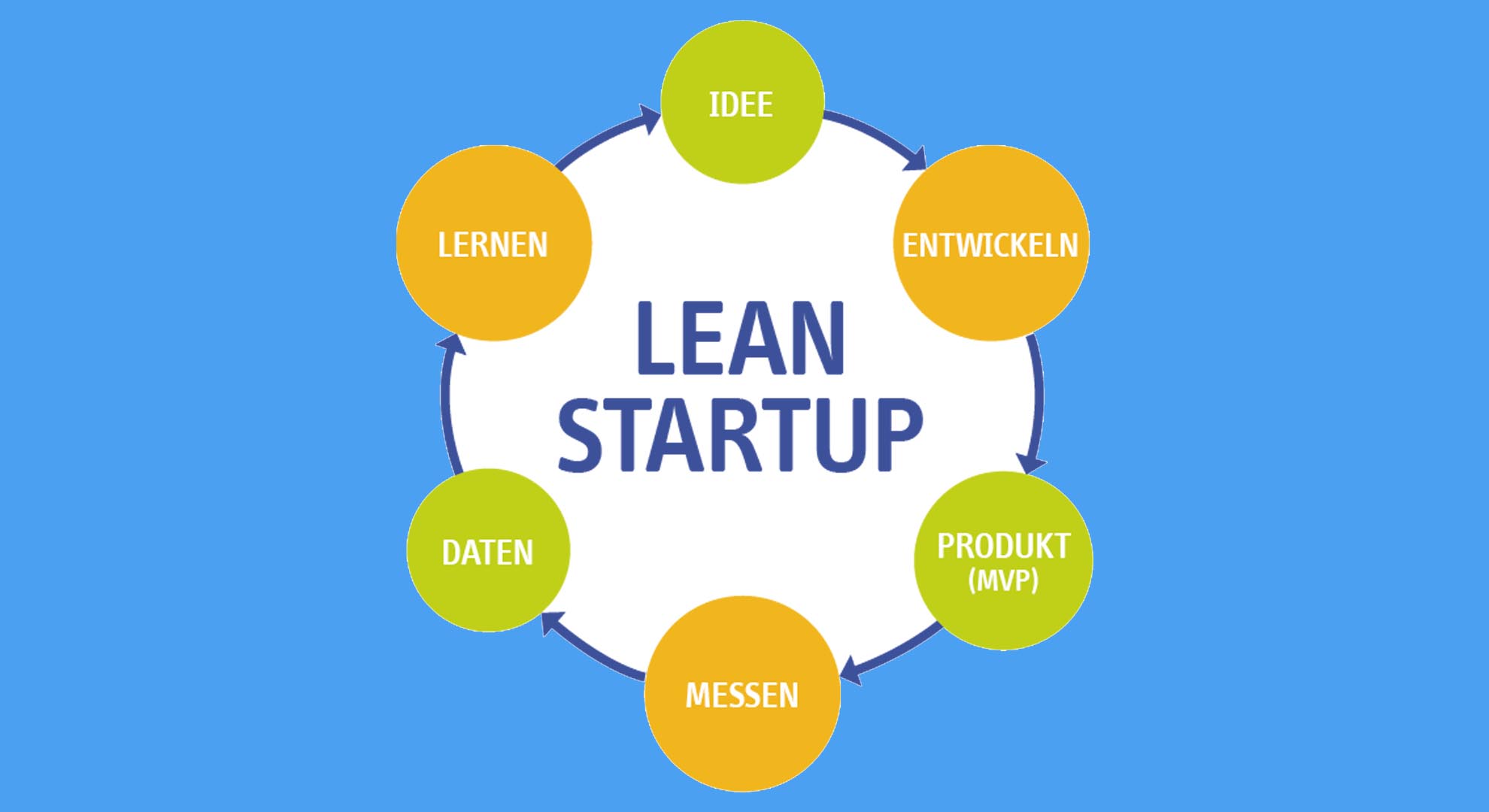Nowadays, lean startups are increasingly making use of the Minimum Viable Product (MVP) as a beginning point for developing highly demanded software products.
A highly demanded product is the successful product. It assists you in beginning the learning process as early as possible. MVP not only answers the technical question of “how” but also mitigates the business uncertainty of “why”.
In this article, we will look at five companies that got their MVP right and what strategies they adopted to launch some of the hottest product in the market today.
1. Dropbox
Eric Ries wrote a book titled “The Lean Startup” and discussed the ways Dropbox dealt the situation of market feasibility by presenting their product in a video.
To test whether the customers would want to use the product and pay for their file-sync solution, makers had to present their product in front of the actual customers. They created demonstration video and began sharing it among their workers and observed their reactions. The duration of this video was 3 minutes. It explained the functions of Dropbox and outcome resulted in 75000 sign ups overnight- all in the absence of original product.
This demonstration video served the purpose of testing market feasibility before the founders had to invest in development and infrastructure. The video not only explained to its potential customers that how it would help them but also told them the reasons to pay for it.
What you are developing a product, MVP development is easy and more cost saving technique as it prevents you from a bigger loss.
2. Twitter
Twitter was originated from a podcasting platform named ‘Odeo’. The company Odeo was actually seeing Apple working with iTunes. So, it began generating ideas about where to head next. Someone suggested them an idea for sharing amongst a group people via text messages called twitter.
Initially, it was only made available to Odeo employees. They became so fond of this and the monthly bill was in hundreds of dollars. This gave a company a motivation to make it available for general public. It was in SXSW festival in 2007. Their user base actually exploded when they presented members’ tweet about the event on the TV screen.
3. Zappos
Nowadays, we all buy shoes online from Zappos and the credit goes to Nick Swinmurn. He wanted to create stocked with the good variety of shoes. However, he wanted to test whether the other people would use it or not.
He then began putting pictures of various shoes from local shoe stores to observe the demand for the online store. Initially, instead of investing in heavy inventory, when someone ordered the shoes online, he used to go to the store and buy it.
The man behind the curtain technique, as shown in Wizard of Oz, was used to test the market hypotheses. It originated from the idea of putting on the imprint of whole functionality, fundamentally faking it until you make it. Customers are made to believe that they are having an actual experience. But, in reality, the work was being done manually by Swinmurn.
The MVP development allows for greater customer interaction while designing the product. The accelerated learning, although at a small scale, gives chances to test many assumptions you shall be making about the marketplace or a product.
4. Buffer
Buffer app is a platform that works in collaboration with all social media sites ie Facebook, Twitter, LinkedIn, Instagram and so on. You schedule stuff on social media at one time rather than doing it separately on different sites. Joel Gascoigne, buffers founder did not want to waste money on something that had no market feasibility.
Buffers first MVP consisted on a simple landing page that demonstrated its functionality. This encouraged people to sign up and offered a click on the button if they were interested. After clicking they showed a message that they are working on an actual product and people should subscribe to stay updated.
Joel integrated a system through which he got email addresses of people visiting the website. He talked to those people and gathered feedback to incorporate it into the actual product.
Next, they tested if people are willing to pay for the product or not. This was done by adding the price table between the sign-up form and the landing page. They were asked if they were interested in paying for something like the buffer. This showed Joel the number of potential customers who were actually interested in buying their app.
This was called zero risk MVP. It helped Buffer identify their product features in upcoming development also.
5. Groupon
A website named “The Point” was started by Andrew Mason with an initial objective of accomplishing tasks that could not be performed alone i.e. boycotting a retailer or fundraising. But the website did not provide the expected results. So they came up with something new.
They used the same domain to set up a customized WordPress blog known as Daily Groupon and started posting everything manually. The team used Apple Mail to generate a PDF document whenever someone signed up for a particular deal.
This unpretentious website they “cobblestone together” exhibited the team this was a market worth looking at with just a manual-first (“Wizard of Oz”) MVP that helped them pivot their offering from what they had been doing previously.
They did not capitalize time in creating a coupon system and making the new website. As an alternative, they took the resources they already had and made a disconnected MVP out of them. This was done with a motive to test the hypothesis if people were interested in their offerings.
Opening from a modified WordPress website and physically emailing PDF documents to a mailing list is not accurately what you would say scaleable. However, Groupon’s MVP was successful in answering that question for them.
Conclusion
After viewing the discussion above, it can be concluded that MVP development provides instant value, rapidly, while reducing development costs.
It provides an opportunity to:
- Provide essential set of functionalities that can evaluate main business concepts at an early stage
- Strengthen business cases by providing win over stake holder
- Iterative procedure permits product evolution
- Increase cost efficiency.















